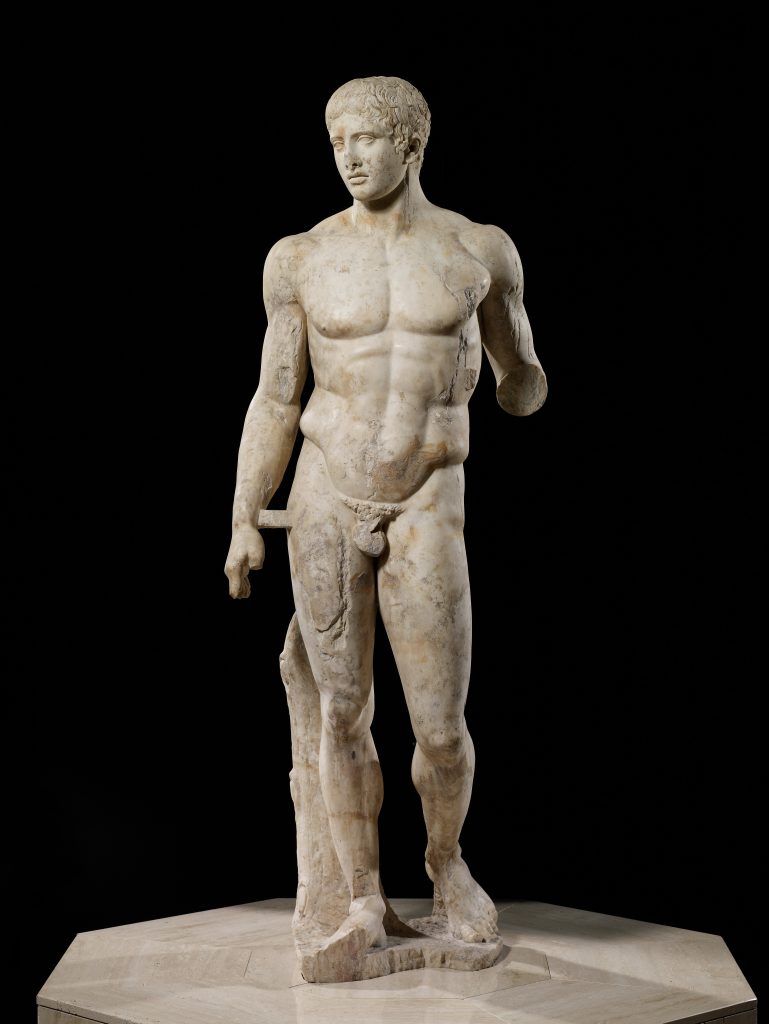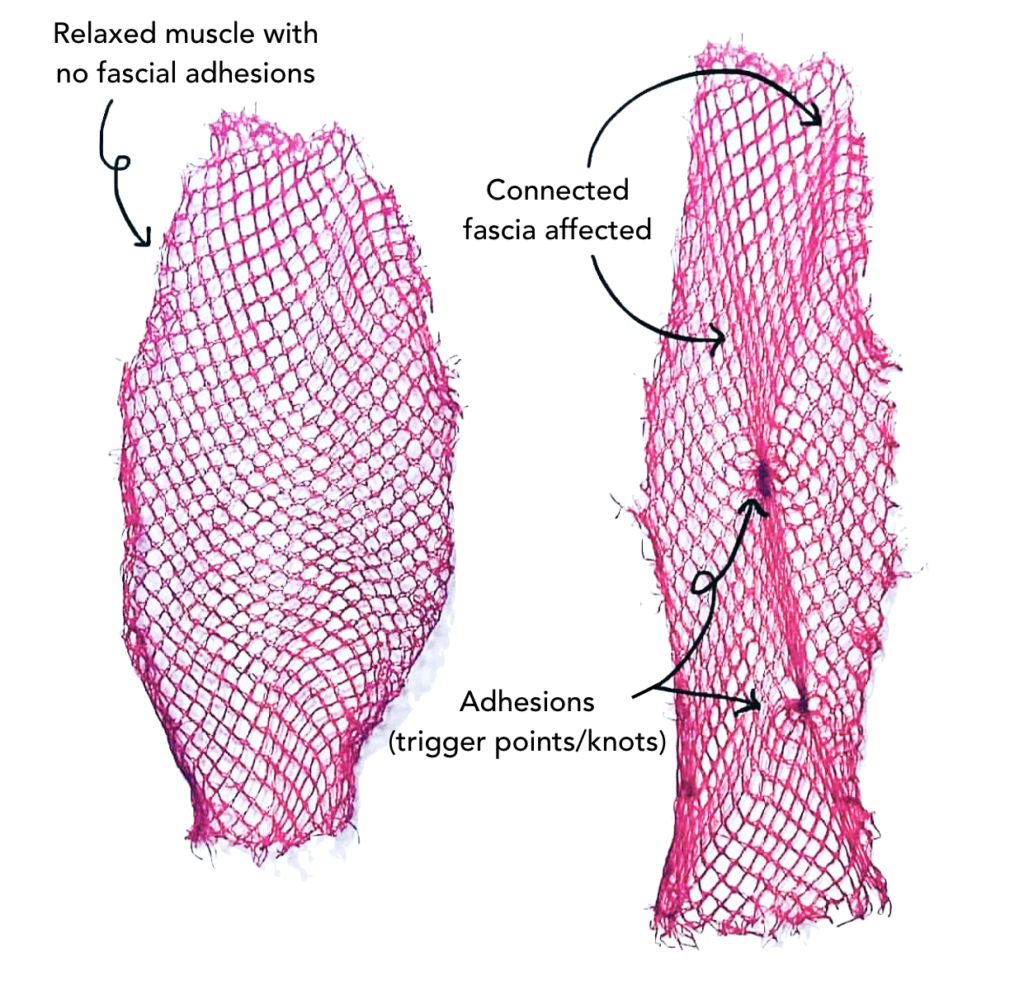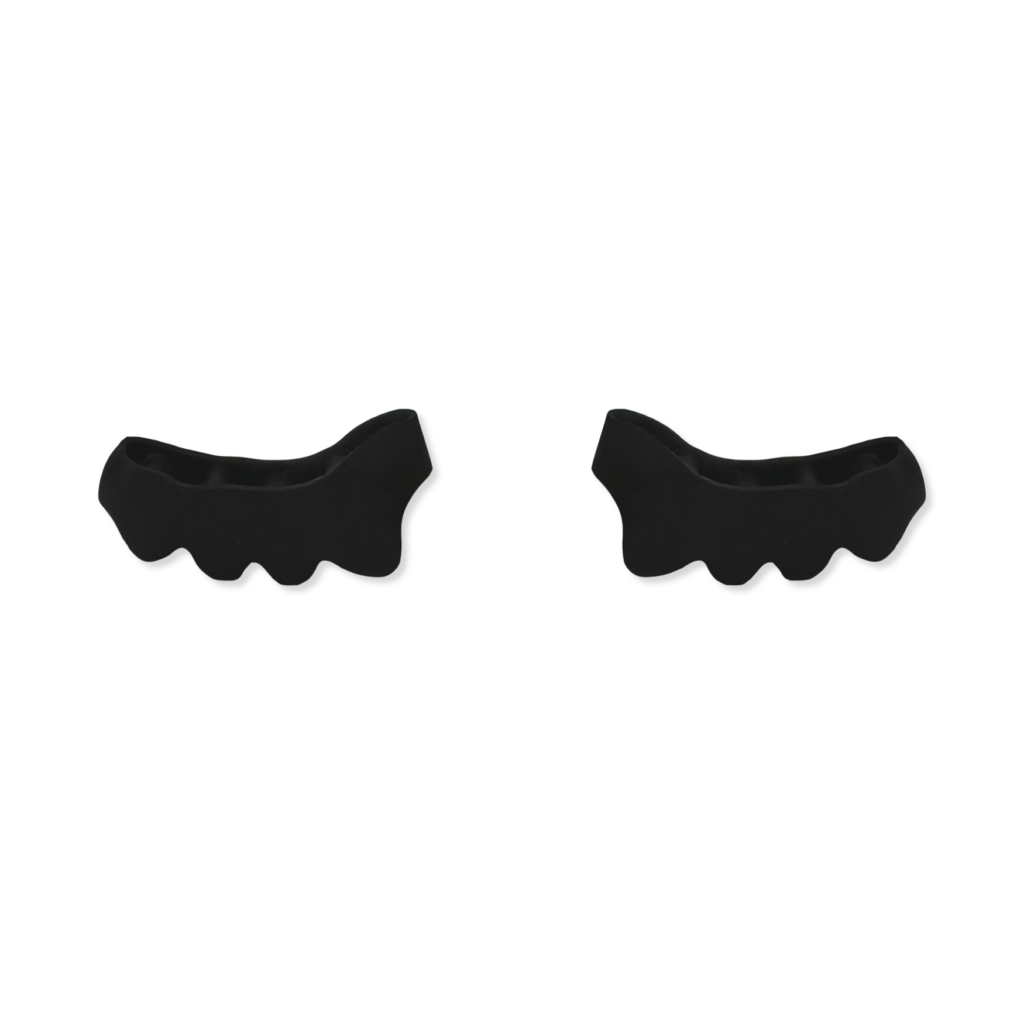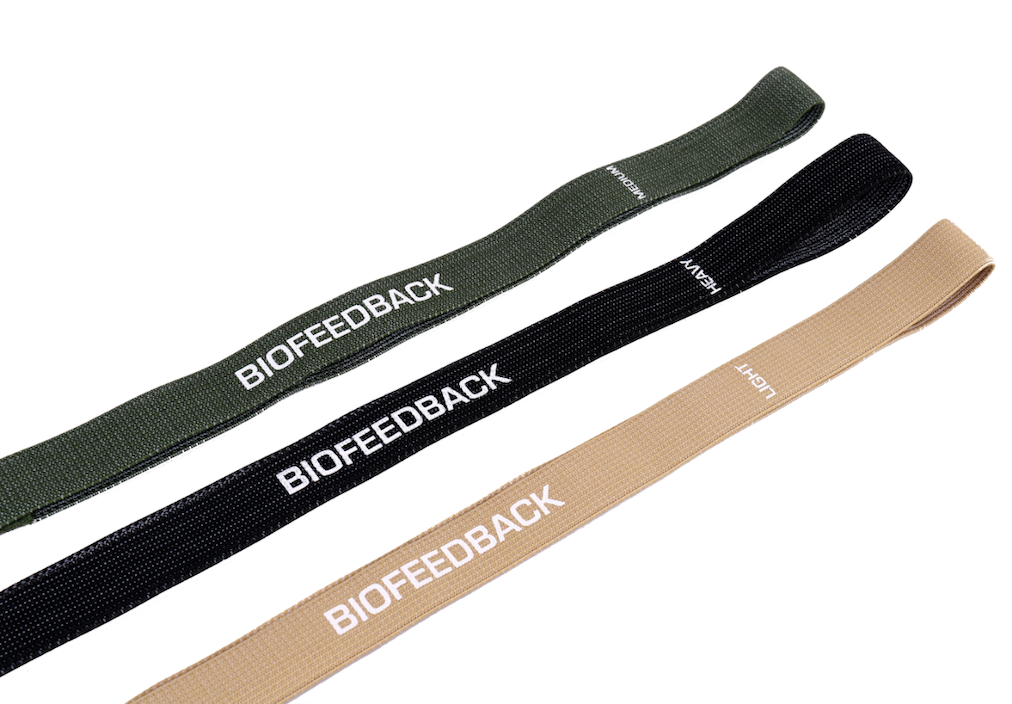By Mads Tömörkènyi
Published October 25, 2022
Posture is fundamentally the visual representation of our overall core function; physically and mentally.
Dating back thousands of years to various ancient kingdoms, especially known from ancient Greece, posture has always been of monumental value and something that signified success and strength.
Victorians became statues, and what continuously characterized these statues was the way the heroes physically appeared. Often somewhat lean and muscular. But always with a posture that displayed surplus, good functionality, and wellbeing.
The same posture that we today – thousands of years later – characterize as the optimal posture for movement. This includes:
- A spinal cord in alignment. This means more dominated by being J-shaped, rather than S-shaped.
- Horizontal “lines” in alignment. This means no lateral tilts whatsoever.
- An open chest and a wide back.
- Alert eyes and a neck in alignment with the back.
- A wide ribcage.

Doryphoros
All these points are visual representations of superior bodily (and mentally) function.
So how do we achieve a posture that serves us the most optimal function?
1. Make sure your fascia is hydrated
When our myofascia, which is the fascia connecting to our muscles, becomes under-stimulated (or in fact over-stimulated!) it becomes ‘dry’ and sticky. Our fascia is picky by nature, and functions only with movement that challenges the multidimensional plane, the way that we humans are designed to move by nature.
If we – oppositely – are inactive, or overstress specifically targeted areas, like many approaches of modern fitness do, then water is unable to travel inside the layers of the fascia, which then becomes immobile and, over time, forms adhesions, or what’s commonly known as trigger points.

The ‘fishing net analogy’ of the formation of trigger points
How trigger points are resolved is practically by getting treatment, either from a professional, or on your own. These massage techniques are called myofascial releases and involve tools where pressure is applied directly on the trigger point. If held for a duration of 2-10 minutes, the area of pressure will attract water back, like when you squeeze a sponge under water. Over time, the trigger points slowly become rehydrated and disappear.
2. Get your Diaphragm working
If your muscles are unable to fire in a way that guides the most optimal outcome of movement, your biomechanics will be impaired, and therefore also your posture, since good posture requires the right stabilizing muscles to fire. This is for instance what gets us from the crawling quadruped infant to the standing adult.
One of these muscles, maybe the most important of them all, is your diaphragm. This is your main breathing muscle, and the muscle that is located at the deep center of the human body; therefore also highly responsible for our core stability.
In this video I provide a thorough examination of how to enhance the full function of your diaphragm:
3. Optimize your biomechanics
As briefly touched upon previously, our fascia requires good movement for it to remain stable and functional. And since the fascia is this thin, plastic-like layer enclosing our entire body and all its elements, the function of our fascia determines the function of everything else we do – including our movement and vice versa.
So how do you explain exercises with good movement in an article? You can’t. But I can explain why I’m convinced the fitness industry impairs us more than it benefits, and what you could do instead.
As human beings, we are complex by nature and require complex stimulation to grow. This is one of the reasons why nature is so much more profound in stimulating the development of our brains rather than the inside of your house or apartment is. Nature is random and chaotic with different shapes and colors, random and unpredictable movement, hilly terrain, etc. Your home offers alignment, squares, sterile colors, and a predictable environment.
The same applies to movement. The human body needs stimulation of its entirety. This includes its various muscles and tissues, the brain and perception, our sensory system, our nervous system, and so forth.
The traditional fitness industry and the bodybuilding that dominates it, does not provide you with any of this. It provides an artificial and predictable environment.
In this video, you will find an example of what training looks like, when the brain is involved in your exercising, and the training is dominated by multidimensional movement:
4. Fix your mental barriers
It’s no secret that how we feel mentally affects how we perceive the world, and how our body functions.
Since it’s all a connected system, the way we think, and ultimately feel, will become transmitted by signals through the nervous system from the brain and into our bodies that respond by contraction.
This is how psychological trauma can manifest as a physical trauma.
Have you ever observed a depressed individual? Did they express an elevated chin, chest facing the sky, and open arms? Or in fact the exact opposite?
All negative emotion is expressed as flexion. And being locked in flexions means being compressed, since this is a universal survival trait of species protecting their vital organs when facing fear and destress.
5. Use Biofeedback Bands
A few years back I became aware of a concept of putting bands around the body to work on and enhance biomechanics.
The concept made so much sense to me, so I adopted it into my methodologies. I later designed elastic bands in soft, organic cotton that would not be uncomfortable to wear on the body like normal elastic bands would. I called these Biofeedback Bands.
Simply because they provide feedback to your body that responds to the signals they give. By enclosing specific bodily areas we provoke a postural dysfunction. When doing so, the exact muscles that are weak and disengaged in the dysfunction, are forced to engage to fight the band’s resistance.
Over time, the postural dysfunction (kyphosis, rounded shoulders, knee valgus, or whatever) will vanish.
Remember that posture is the byproduct of who we are. Not the other way around. If you want to fix your body, you fundamentally need to change who you are (what you do, how you think etc.).
Posture is not just something you can fix by moving two dumbbells in the gym a couple of times per week.
In you are curious on how to fix your posture once and for all by fixing all underlying root causes of your issues, visit the 10-Week Course, where you will learn all about how to master your biology.














